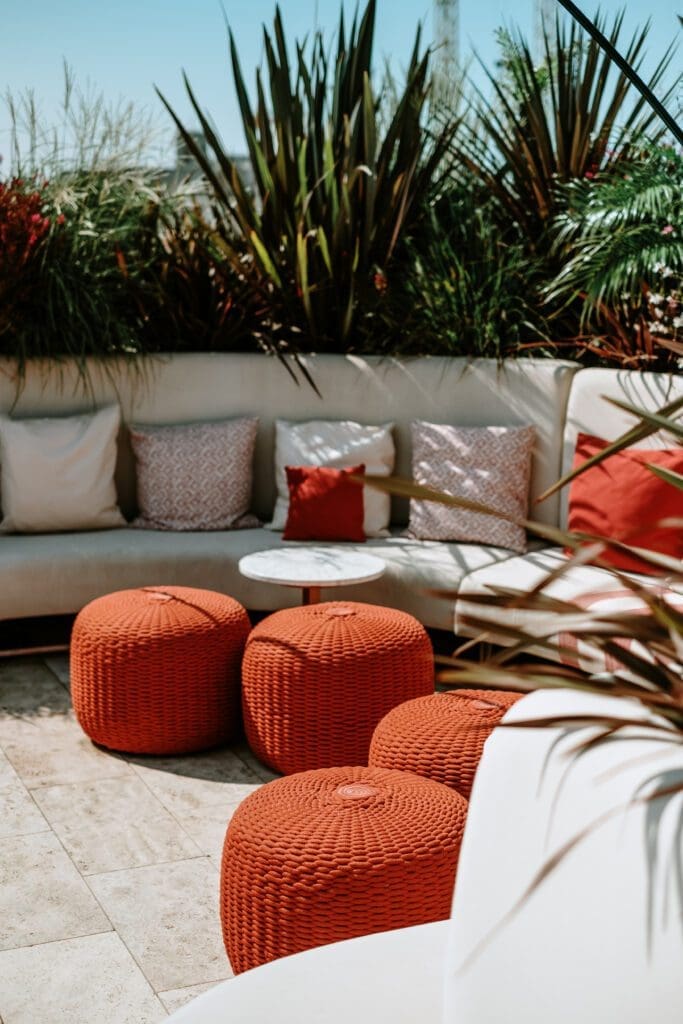Audiences
Trends
Industry
Super luxury vs luxury: why distinction defines success
In marketing we often talk about tribes; cohorts who look to find support in their own networks and echo chambers. We are all aligned to one tribe or another and this is no different for the wealthy or ultra wealthy.
However, when it comes to super luxury and luxury goods, there’s plenty more to explore regarding consumer behaviour and the subsequent opportunities this presents for brands.
To start, it’s good to consider wealth brackets, for HNW this starts at $1m of disposable income, but for UHNW it starts at $30m. Indeed, if we look at the bracket above these – billionaires – as the name suggests, it starts at $1b. These brackets in wealth are broad and there is plenty of nuance muddled into this, i.e. the tribes that exist within these brackets.
Looking at the rise in wealth overall, this acts disproportionately to asset attainment. Someone who has $1 billion can afford to spend $60 million on a jet and cover the associated running costs. For them, this is a relatively small percentage of their wealth compared with someone who has a $60m estate; an investment of this magnitude would be unattainable.
That’s not to say they both don’t use private jets – they do, just one is able to own the jet and have it on standby for their needs, while the other has to hire a jet and rely on the availability of the charter brokers.
So the rise of super luxury goods can exist for the very wealthy, as even though they have a high price tag, as a percentage of their wealth, this purchase is comparatively small.
This also has an interesting long-term view. Everyone in the wealth sector is tied to financial markets in one way or another in order to govern the health of their estate. However, for the ultra-wealthy, as the markets rise and fall, the percentage change in their affordability of super luxury changes less, even if the percentage loss in their estates (on paper) appears large. This is inversely true for HNW or even UHNW. As the markets fall this can take out a bigger part of their disposable income that would have been considered for luxury purchases.
There are also differences in the tribe’s behaviours, which is particularly interesting for marketers.

If we look at HNW and the luxury goods they associate with we can see their motivations for purchasing:
- Status and recognition: HNW individuals often seek recognition and status. Owning a luxury item like a Chanel handbag can be a symbol of their success and social standing.
- Quality and craftsmanship: Amongst this cohort that is a large value put upon quality of production and craftsmanship as well as brand pedigree and historical backstories. One of the primary reason for luxury company are able to charge a premium.
- Brand loyalty: Once engaged with a luxury brand we see the loyalty and engagement are particularly high – much higher than we see with high street brands. This offers us the opportunity to build out strong CRM programmes, to build life time value from this tribe.
- Personalisation: Personalisation plays a significant role in HNW consumer decisions. Tailored shopping experiences, exclusive events, and personalised services can enhance their affinity for the brand.
However, for the very wealthy, as their status and public profile change, as do their needs:
- Exclusivity and rarity: UHNW individuals are drawn to the extreme exclusivity and rarity of super luxury products like superyachts, fine art, and collectables.
- Bespoke experiences: UHNW consumers often seek highly personalised experiences. This is emphasised through the need for high-end concierge services as well as family offices.
- Investment value: For UHNW individuals, super luxury products can also serve as investments. Highlighting the long-term value, potential returns, and tax benefits can be an effective strategy.
- Privacy and discretion: UHNW individuals value their privacy. This touches on their need for security but also on the desire for quiet luxury; they don’t want those around them to overtly know the wealth they have. However, within their tribe, UHNW individuals are keen to be recognised and show they fit in. We can see this through the rise in brands: The Row, Bottega Veneta, and Max Mara.
Adapting Luxury Marketing Strategies
Now that we’ve examined the motivations of the wealthy and very wealthy, it’s essential to adapt marketing strategies accordingly:
- Tailored messaging: Craft messages that resonate with the specific desires of each tribe. For HNW, emphasise status and quality, while for billionaires, highlight exclusivity and investment potential.
- Exclusive experiences: Offer exclusive events, private viewings, or access to invite-only gatherings to cater to the desire for exclusivity in both segments.
- Personalisation: Invest in technology that allows for personalised marketing efforts. HNW consumers appreciate personalised recommendations, while UHNW individuals expect complete customisation.
- Storytelling: Leverage storytelling to create an emotional connection. Share the history, craftsmanship, and heritage of your brand with HNW consumers, while emphasising the rarity and bespoke nature of your products to UHNW clients.
- Privacy and confidentiality: Ensure that all communication respects the privacy and confidentiality of both HNW and UHNW consumers. Provide discrete communication channels for billionaire individuals.


